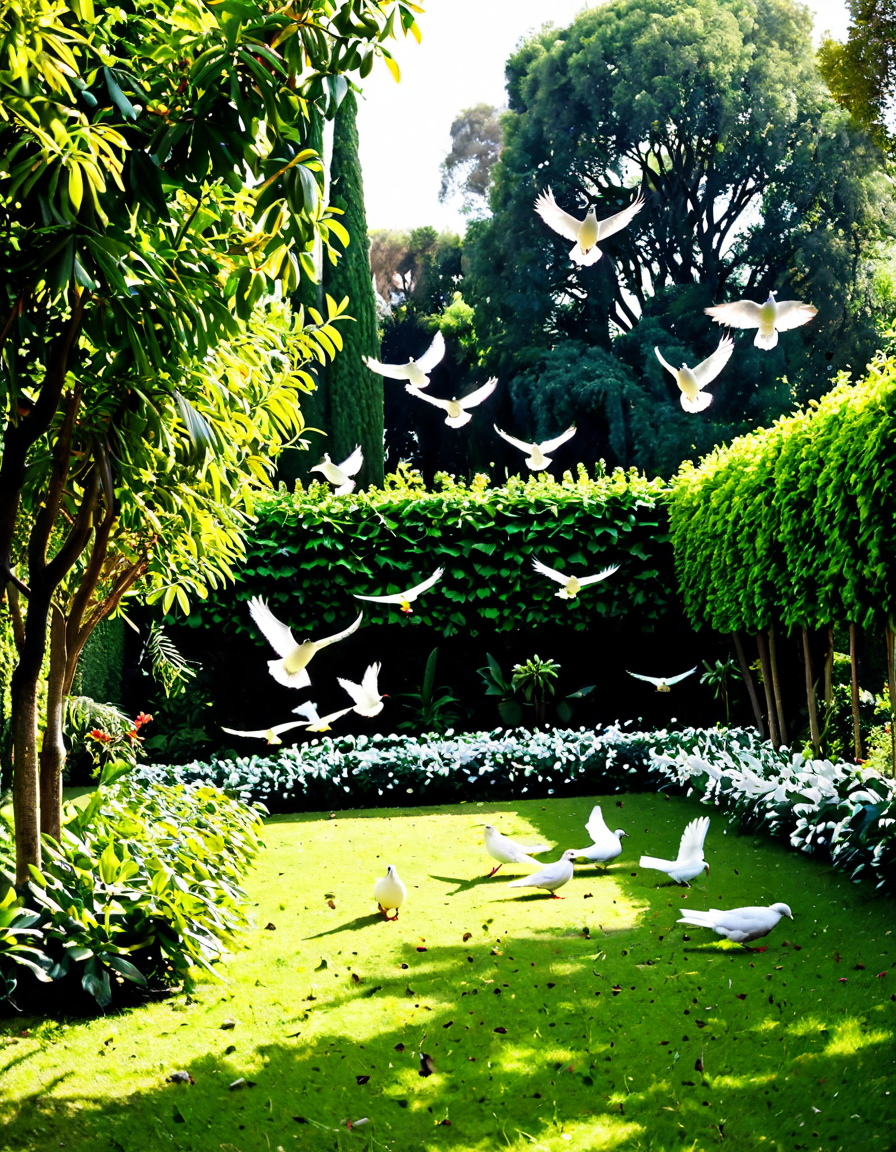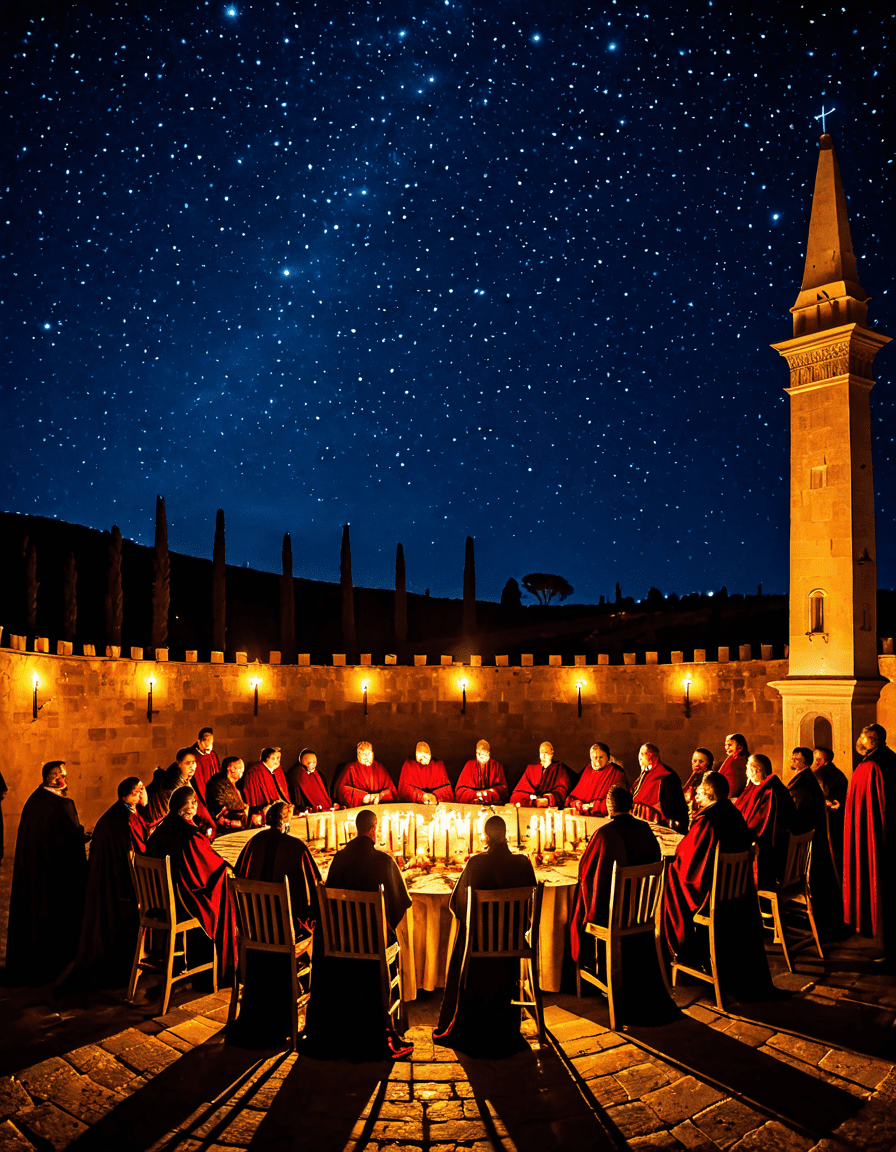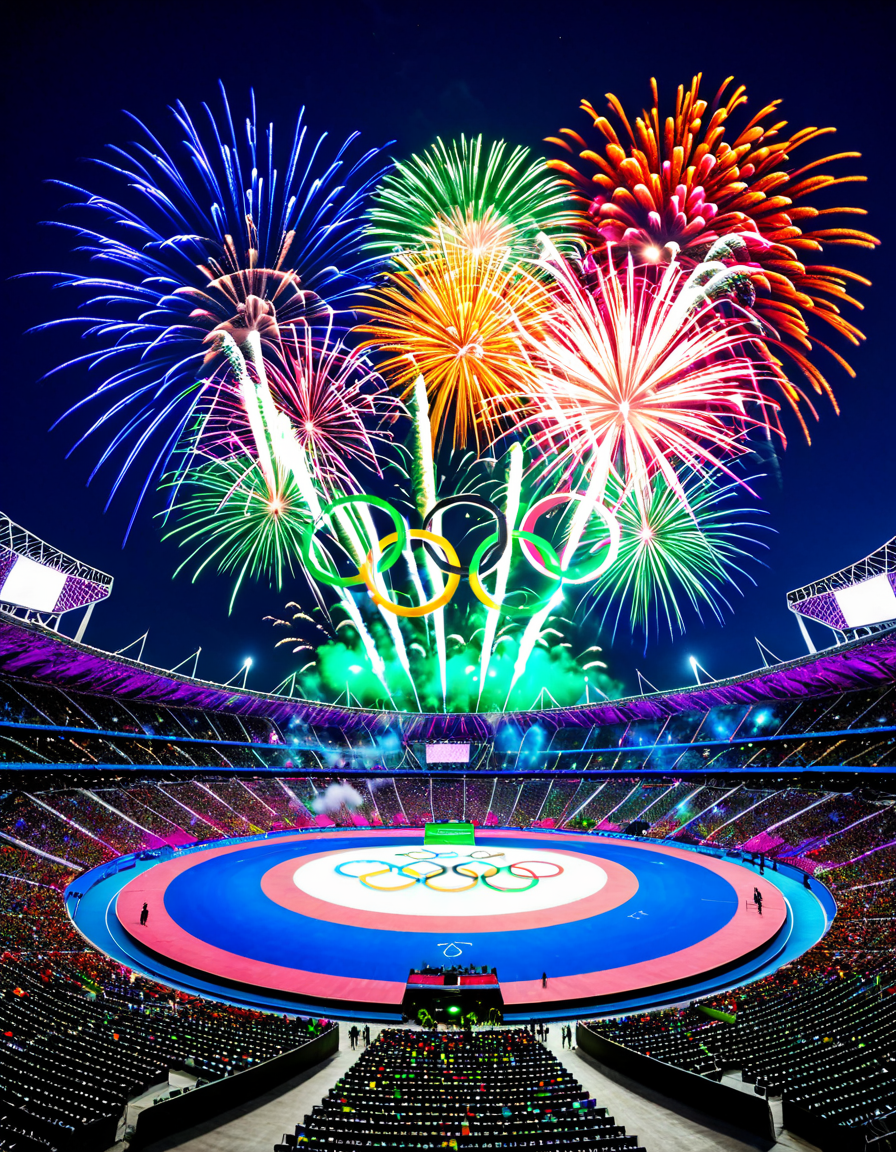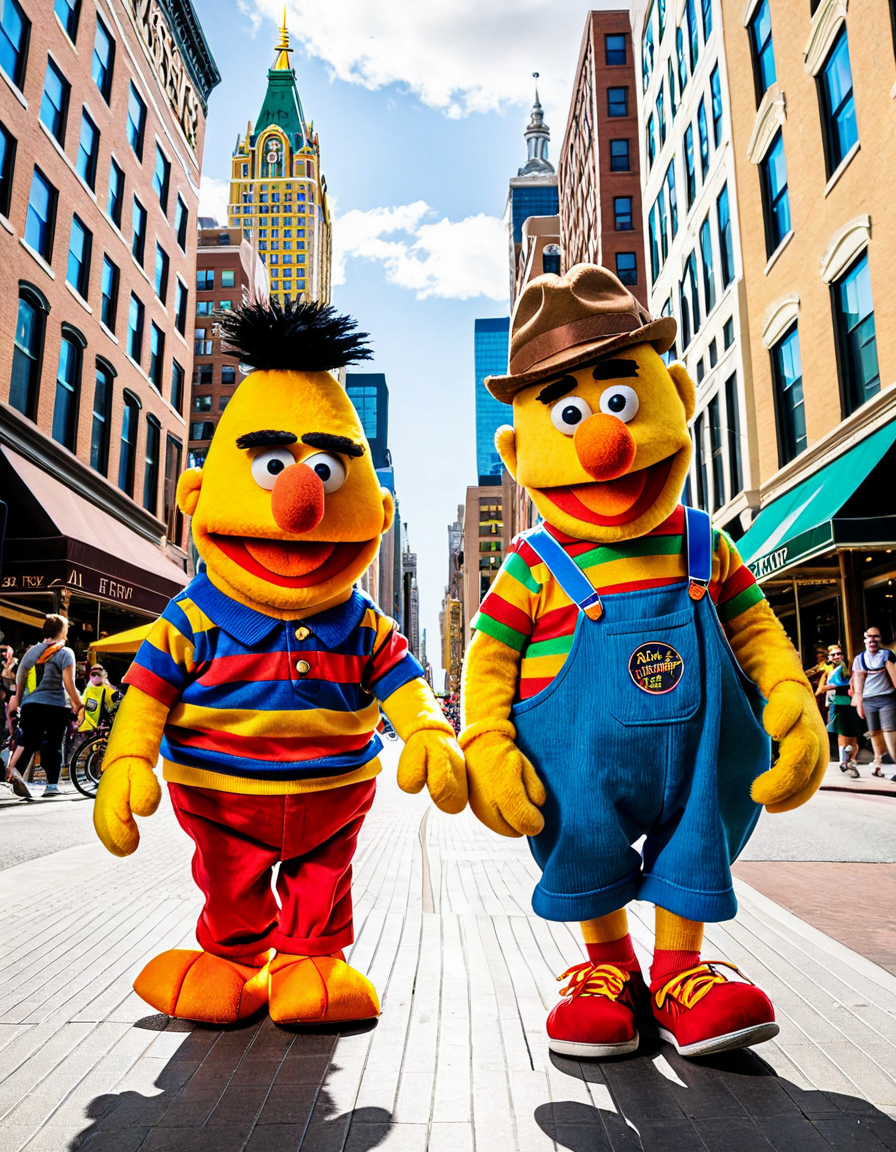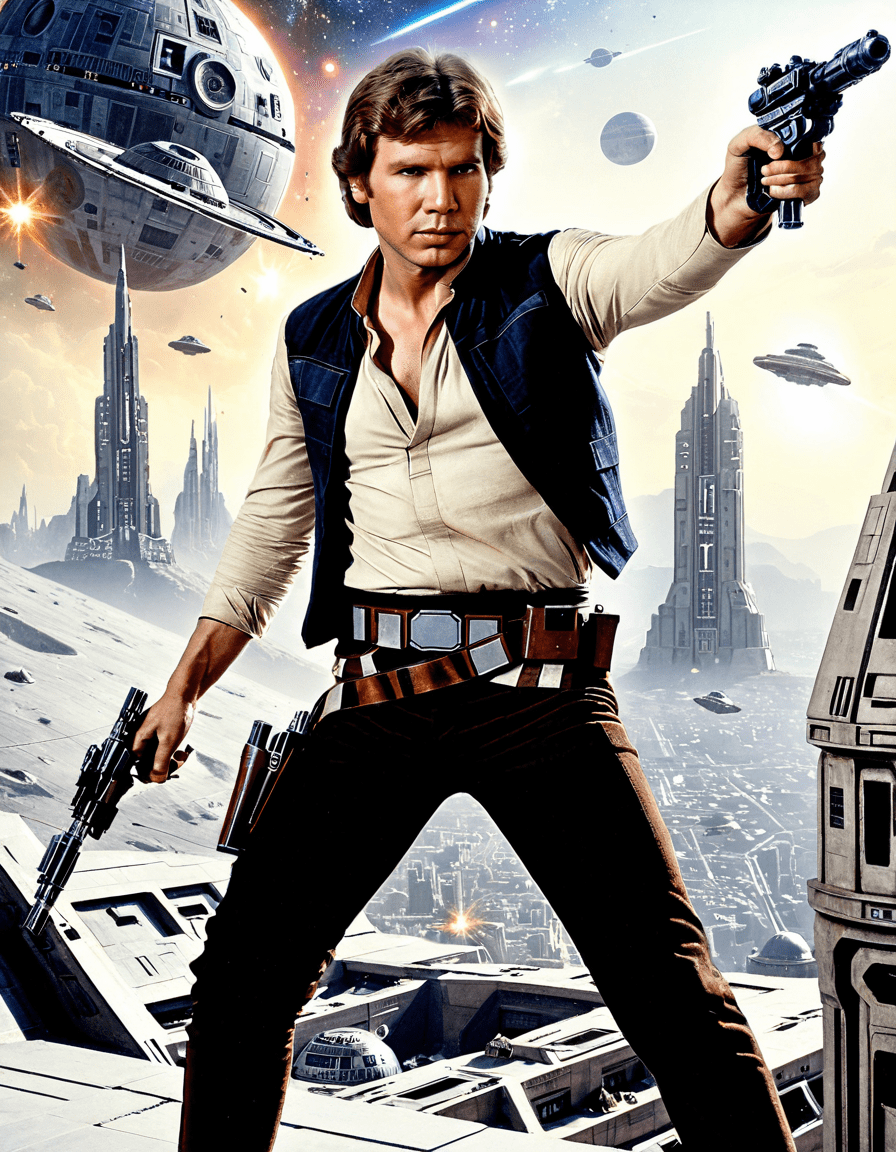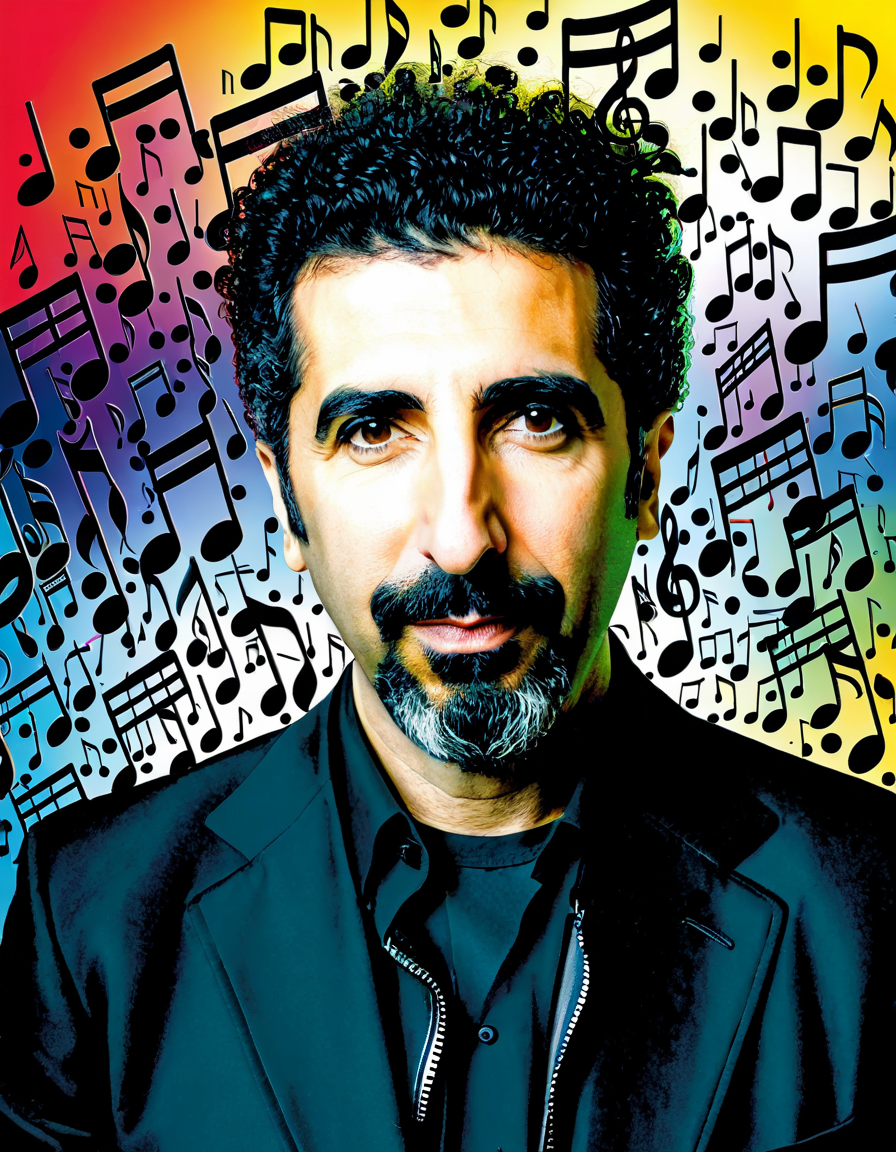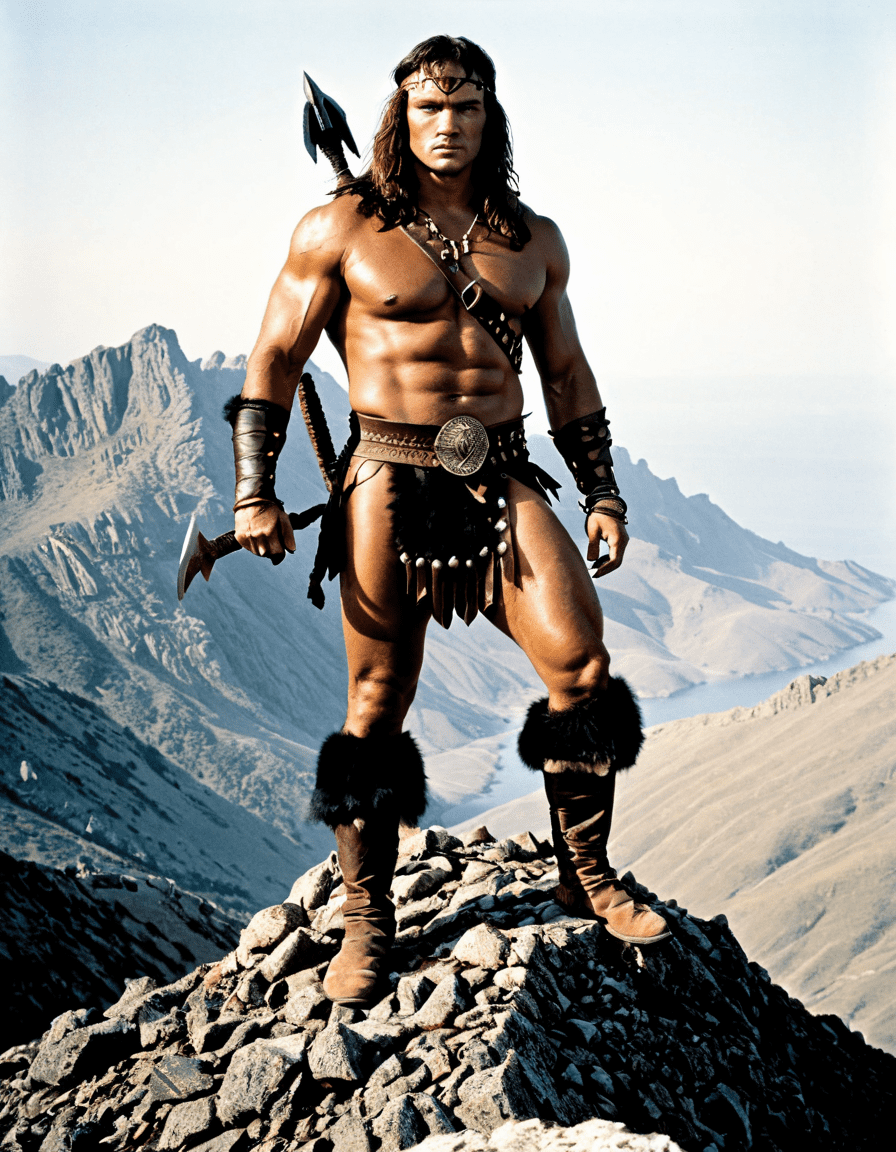The conclave—a pivotal moment in the Catholic Church—has been a fascinating confluence of spirituality, politics, and history. These gatherings of cardinals tasked with electing a new pope are often shrouded in intrigue and serve as critical junctures that have influenced the direction of the Church for centuries. As we unravel the complexities of the conclave, we’ll delve into the historical significance behind its most notable events, giving you a taste of how these decisions ripple through time.
![CONCLAVE - Official Trailer [HD] - Only In Theaters October 25](https://www.navigate-magazine.com/wp-content/cache/flying-press/343ad39d7b2508872cf1a0b8eecea047.jpg)
1. The Conclave in History: Dates that Shaped the Catholic Church
The history of the conclave is filled with dates that mark turning points within the Church—from reforms and power struggles to cultural revolutions. Let’s take a closer look.
1.1 1059: The Reformist Dawn
The conclave in 1059, under the leadership of Pope Nicholas II, brought monumental change. It established a system where cardinals alone elected the pope, curtailing lay influence. This significant reform set the stage for a powerful, independent Church, emphasizing clerical celibacy and combatting simony. The implications of this conclave ripple through Catholic practices even today, underscoring the need for reform and governance.
1.2 1271: The Longest Conclave
Fast forward to 1271, when the conclave had a drawn-out affair, stretching nearly three years! The election of Cardinal Giovanni di Toledo as Gregory X illustrated an urgent need for reform in papal selection processes. This lengthy conclave highlighted the complexities behind choosing a leader and initiated internal discussions that would echo in modern conclaves.
1.3 1513: The Renaissance Popes
The conclave of 1513 was notable for electing Pope Leo X, who became a key figure in the Renaissance. Known for his patronage of the arts, Leo X’s papacy symbolized a cultural zenith, yet it also sowed the seeds for discontent, ultimately leading to the Reformation. His election encapsulates the tightrope the Church walked between cultural vitality and spiritual challenges.
1.4 1878: Vatican Council I
In 1878, the election of Pope Leo XIII was crucial as it came amid tensions within the Church. This conclave didn’t just rearrange internal politics; it also marked the Church’s engagement with modernity and secularism. His efforts during this papacy, which included addressing contemporary social issues, laid the groundwork for discussions that would fill future conclaves.
1.5 1978: A Tale of Two Popes
The dual election of Pope John Paul I followed by Pope John Paul II in 1978 best exemplifies the dynamic within the conclave. This whirlwind period highlighted a Church under pressure and transitioning from conservative roots to a broader global outreach. The rapid succession underscored the dramatic shifts occurring within its political and cultural landscape.
1.6 2013: The First Pontiff from the Americas
Fast forward to 2013, and we witness Pope Francis’s election—a groundbreaking moment highlighting the Church’s move toward inclusivity. With roots in Argentina, Francis addressed pressing social issues, signaling a fresh direction in the conclave’s mission. His papacy marked a watershed moment in how the Church continues to engage with contemporary societal challenges.
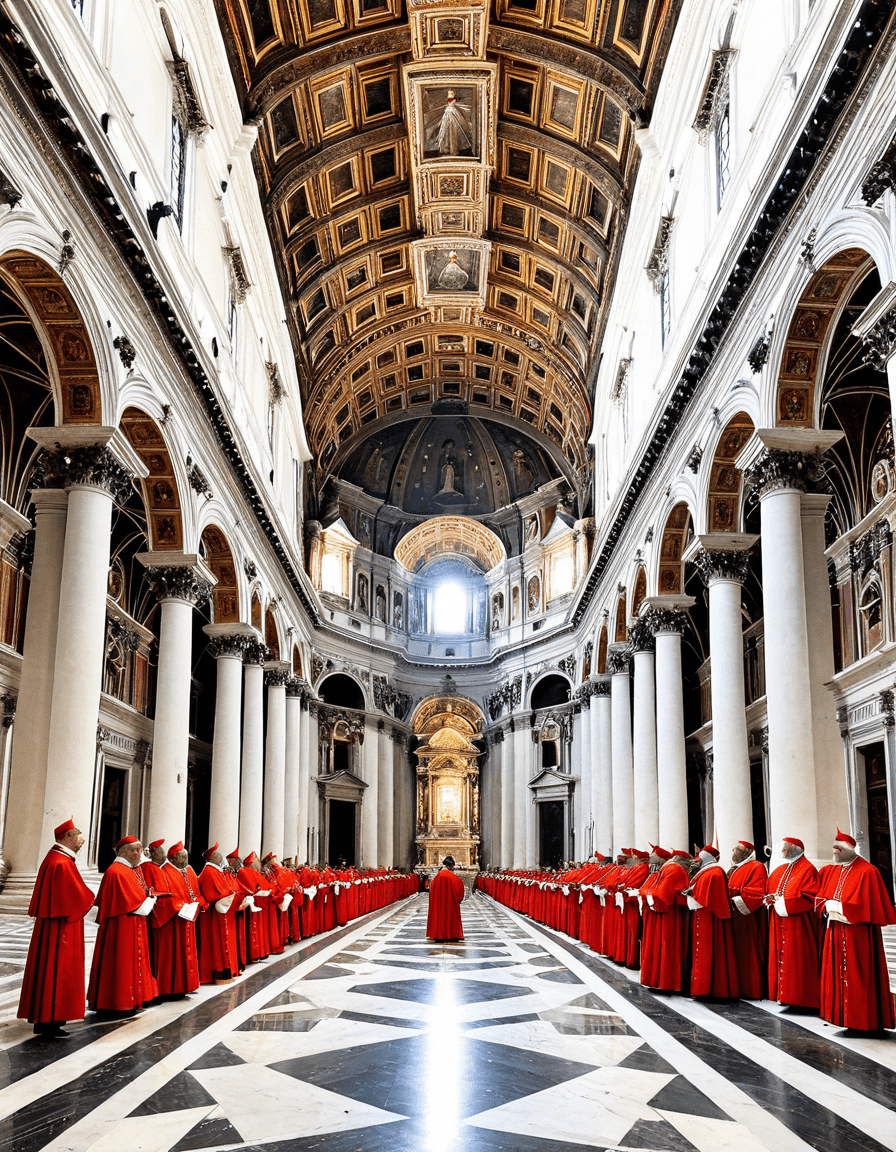
2. The Librarians: Guardians of History Within the Conclave
Amidst the spiritual and political maneuvering, the role of the librarians within the conclave merits exploration. Cardinal librarians, particularly those at the Vatican Apostolic Library, safeguard centuries of Church literature. This collection offers invaluable insights into the theological debates that shaped electoral decisions, providing vital historical context.
These custodians of knowledge are not mere archivists; they are storytellers of the Church’s legacy. By preserving documents, they help contemporary leaders make informed decisions while navigating the complexities of modern governance. Without understanding past conclaves, new leaders may overlook the lessons essential for their times.

3. The Ugly Stepsister of Governance: Politics Inside the Conclave
Inside the conclave, it’s not all about spiritual enlightenment; complex political strategies often come into play. Like a game of chess, cardinals cultivate alliances to secure votes. Unsurprisingly, this political layer can overshadow seasoned candidates, as seen with Cardinal Marc Ouellet, who often steps into the shadows of more charismatic figures.
The dynamics can shift quickly, and the political savvy of some will outshine experience. As tensions mount during discussions, factions begin to take shape, reflecting the broader environment of Church governance. It’s a swirling blend of personalities and ambitions where the stakes are immeasurably high.

4. The Grudge: Historical Conflicts That Influence Conclave Dynamics
Historic grievances within the Church can shape the direction of conclaves. For instance, ideological rifts between conservative and progressive factions create an undercurrent of tension. These divisions often echo past disputes, leading to heated discussions and ultimately influencing the selection of the next pope.
Consider the backdrop of previous elections—the history of disagreements often pushes the selection toward candidates with more reconciliatory stances. The desire for healing from old wounds motivates the cardinals, reflecting a longing for a unified future while acknowledging the past.

5. The Holdovers: Legacy Leaders Who Influence the Conclave
The influences of ‘holdovers’—senior cardinals who have witnessed multiple papacies—are profound. Their historical significance often weighs heavily on the conclave’s decision-making process. Figures like Cardinal Angelo Sodano, respected for their wisdom, become anchors amid the tides of change, shaping potential candidates’ paths.
These legacy leaders navigate the intricacies of church politics, guiding emergent candidates with their insights. Their longstanding ties within the curia offer crucial continuity and context, ensuring that past lessons are not lost on new leaders.
6. The Leftovers: Unresolved Issues from Past Conclaves
Each conclave brings lingering issues to the forefront, where remnants of past popes’ agendas come into play. Newly elected popes must grapple with leadership styles that leave tangible ‘leftovers’—decisions and policies that stay in play long after the election.
For example, the papacy of John Paul II involved addressing ongoing issues pervasive since his predecessors’ times, challenging new popes to find reconciliation paths. Tackling these remnants illustrates the complexity of leading an institution steeped in tradition.
7. The Hangover: Aftermath of Recent Conclaves
The aftermath of conclave decisions often comes with a metaphorical hangover that can be felt throughout the Church. These ‘hangovers’ impact how the Church engages with the world, influencing public perception and activities alike. Take, for example, the consequences of the conclave affirming Pope Francis’s focus on climate change, which faced varied receptions across different demographics.
Evaluating these outcomes helps track how each conclave’s decisions resonate beyond Vatican walls. As the Church adapts to new realities, understanding past gatherings can illuminate its direction.
Wrap-Up:
Reflecting on the conclave’s rich history isn’t just academic; it’s vital for understanding the Catholic Church’s evolving influence. From reform-driven dialogues to cultural movements, each conclave shapes societal norms in ways unimaginable over the centuries. As time marches on, both past and present conclaves forge a path that impacts both the Church and the world at large, reminding us that history is still being written within those sacred walls.
The Conclave: A Peak into History
The Secrets and Surprises of the Conclave
When you think about the conclave, it’s easy to get lost in notions of spices and ceremonial capes. This pivotal gathering of cardinals, charged with electing a new pope, has a history as colorful as any animated show. For instance, did you know that the conclave has roots dating back to the 13th century? Amidst the complexity of church politics, these meetings often went on for days—or even weeks! It’s like a real-life episode of Spider-Man: Homecoming, where everyone’s trying to figure out who’s got the best powers for the job, but in this case, it’s all about who’s got the most divine calling.
And speaking of iconic moments, the conclave isn’t just about serious discussions and prayers. There are quirky traditions, too! For example, the cardinals are typically locked in until they make a decision—sounds a lot like the plot of Hello Neighbor, doesn’t it? They’re literally locked in, fueled by the pressure to spill The tea on who they’ll choose as the next pope. It’s quite the intense environment, really, similar to how politicians navigate campaigns, just like Alyssa Farah griffin has done in her career.
On a lighter note, the conclave is also reminiscent of fun cultural references. Picture a modern-day conclave mixed with social media! Just imagine the hashtags trending, the memes about the cardinals’ deliberations, and the chatter about their choices. You could say it’s a blend of today’s buzz and ancient rituals—the perfect setting for a modern take on history. Interestingly, the conclave has also been affected by political figures throughout its history, evoking thoughts of recognizable names like Sean Spicer. He could give an interesting spin on the political gymnastics behind the scenes to the papal throne.
In the end, the conclave is not just a solemn affair; it’s rich with drama and tradition, making it an enticing topic to explore. So, whether you’re a history buff or just someone curious about how ancient practices influence our cultural narrative, understanding the conclave gives you a peek into how we’ve come to shape leadership in modern times—much like the evolution seen in sports contracts, such as the buzz around the Ben Simmons contract. The conclave stands as a testimony to humanity’s continuous journey through faith, politics, and society.
